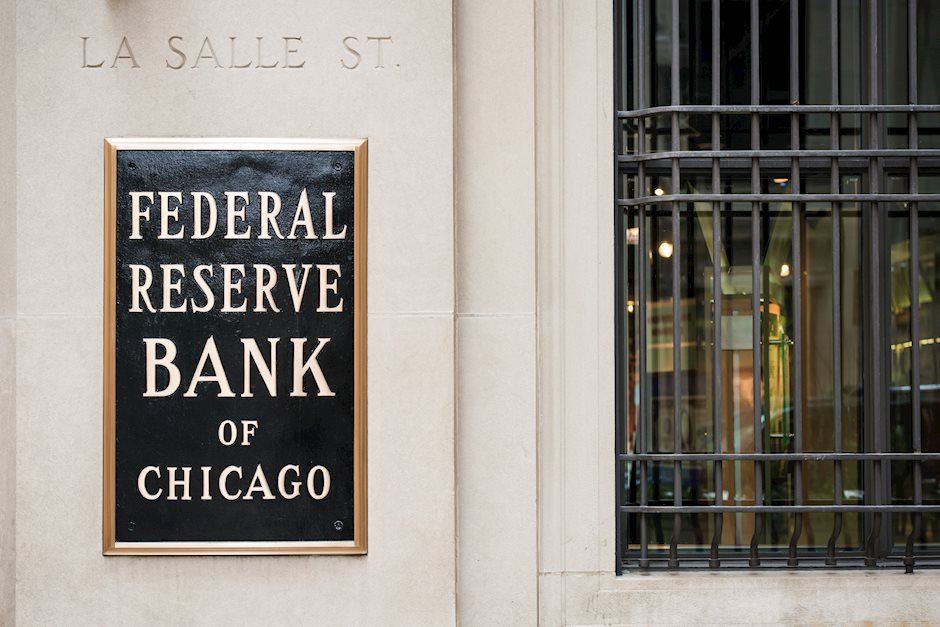Powell powerless against Trump's trade wars – US braces for recession, USD set to move
- Fed Chair Jerome Powell has hinted of more stimulus in Jackson Hole.
- Monetary policy seems insufficient to battle a global downturn due to trade.
- The dollar is set to react differently to different currencies.

"The most powerful central banker in the world" – is how we and others characterize Fed Chair Jerome Powell. While that may be true – monetary policy is reaching its limits – especially in the face of a trade war.
In Jackson Hole, the Fed Chair vowed to act as appropriate and characterizing the past weeks' developments as "eventful," and providing a long list of well-known issues. Powell also dropped the phrase "mid-cycle adjustment." Those words implied no imminent rate cut after the recent one and removing them may indicate a rate cut in September.
And that may be as good as it gets.
Powell' job is unenviable. On the other one hand, the economy and the labor market are doing well, justifying higher rates. The central bank would like to show it is independent of extreme pressures coming from the White House and those coming from Wall Street. On the other hand, inflation is subdued, the global economy is slowing, and the Fed would not like to be seen as standing idle.
The Fed Chair and his colleagues embark on a full and quick cycle of rate cuts and perhaps even a resumption of the bond-buying scheme (QE). However, it may be powerless to stop the damage from the trade wars.
China's announcement on retaliatory tariffs – including on crude oil – is just the latest blow. A trade deal between the world's largest economy seems unlikely – at least not now.
On August 1st, President Donald Trump announced tariffs on around $300 billion worth of Chinese goods. On August 13th, he postponed some of these tariffs to December 15th – to protect US customers. China may have seen as a sign of weakness – Trump is wary that hurting consumers will risk his re-election chances. Beijing – playing the long game – may wait for Trump to make way for the next president.
Moreover, Trump's threat to slap duties on Mexico if America's southern neighbor does not curb migration flows also hurt confidence. The North American countries had already signed a new trade deal when the threat came and eventually went.
According to Robert Kaplan, president of the Dallas branch of the Federal Reserve, that showed businesses that trade uncertainty is here to stay. If the US is ready to impose new duties after agreeing on a trade deal, companies may find it hard to plan and invest – and that hurts the economy.
And the Fed has limited ammunition to soothe any downturn stemming from trade policy.
If the US heads into a recession, how will the dollar react?
USD reaction vs. top 5 currencies
The answer depends on the currency. Let's start with the greenback's wins:
- Australian dollar: China is suffering from the trade war more than the US, and Australia depends on exports to China. It is set to be a significant loser.
- British Pound: Sterling is suffering from Brexit, and things may get worse. While GBP/USD had recently risen when the US yields dropped, it remains vulnerable.
- Canadian dollar: While Canada depends on the US and does better than Australia, the fall in oil prices and the loonie's status as a "risk currency" means it may struggle against the dollar.
- Euro: Germany is on the verge of a recession, but the euro is a funding currency – which means that some funds are repatriated in times of trouble. The current trend of EUR/USD rising when US yields fall may continue – contrary to the pound.
- Japanese yen: The yen is the ultimate safe-haven, sought in times of trouble – even when the headaches are related to Japan. Moreover, there is a clear correlation between returns on US Treasuries and USD/JPY. The yen is set to be a significant winner.
Overall, Powell and the Fed seem unable to stop the downturn, and currencies are set to react.
Author

Yohay Elam
FXStreet
Yohay is in Forex since 2008 when he founded Forex Crunch, a blog crafted in his free time that turned into a fully-fledged currency website later sold to Finixio.

















